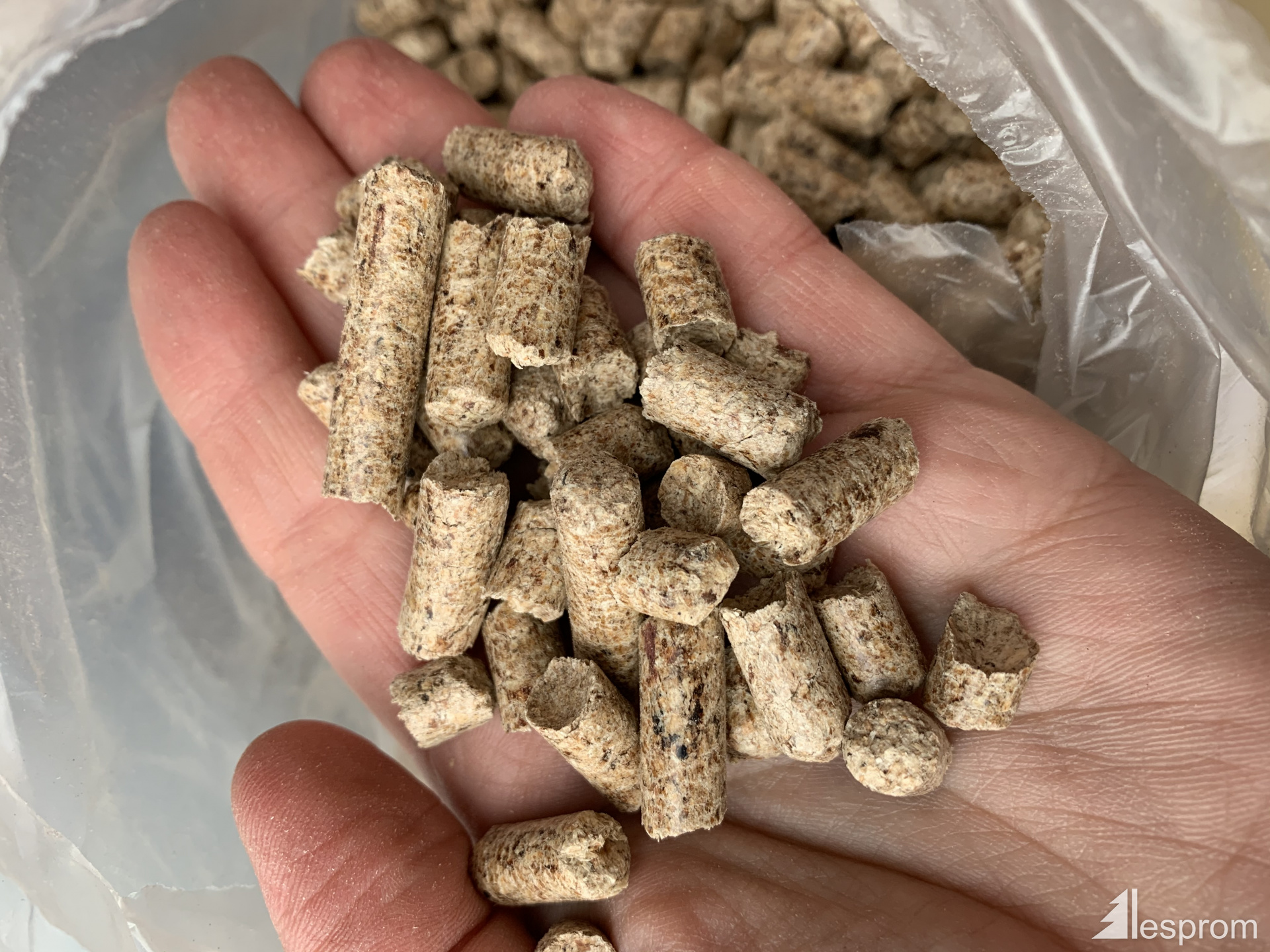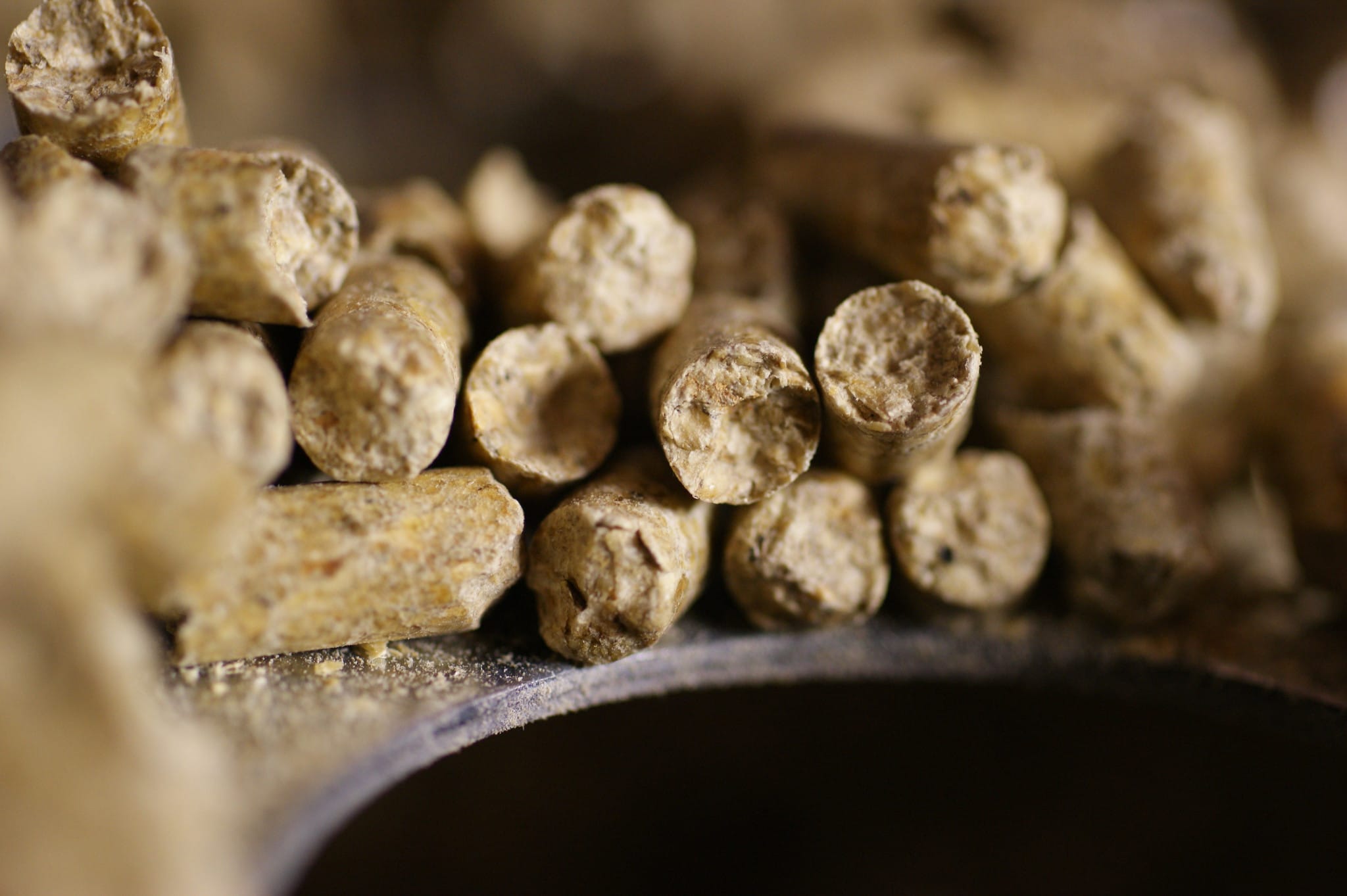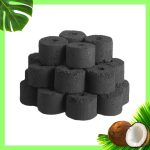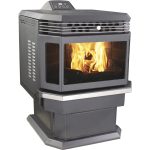Choosing the Right Pellet For Your Home Heating Needs
Heating your home can be a tricky task, and finding the right pellet for your specific needs is no exception. Whether it’s wood, corn, or some other type of fuel, it’s important to understand what type of heating system you have and its requirements before selecting your pellets. With this article, we’ll help guide you through the process of choosing the right pellet for your home heating needs.
Understanding Pellets and Their Benefits
Pellets are small cylindrical pieces of compressed biomass material that come in various shapes and sizes depending on their source material. Common sources include woody materials such as sawdust, bark, straw, or grass clippings; agricultural by-products like wheat bran; or energy crops like switchgrass or Miscanthus giganteus. These pellets are great for heating because they burn hot and cleanly with minimal smoke or ash compared to traditional firewood logs. Additionally, they offer greater convenience over firewood because they require less storage space yet provide more heat per unit volume than cordwood.

Types of Pellets Available
When it comes to selecting pellets for your home heating needs, there are several types to choose from:
1: Wood Pellets
Wood pellets are made from sawdust particles that are ground up into tiny granules and then compressed under high pressure until they form into solid cylindrical shapes known as “pellets”. They provide an efficient and cost-effective way to heat homes since wood is typically cheaper than fossil fuels like oil and gas. Furthermore, burning these pellets releases fewer pollutants into the air than burning cordwood does so it’s better for both indoor air quality as well as reducing greenhouse gas emissions.
2: Corn Pellets
Another popular option is corn pellets which are made from dried shelled corn kernels that have been ground up into a fine powder before being mixed with additives such as waxes and binders and then compressed together under extreme pressure until they form into small cylinders known as “pellets”. They’re great because they burn hotter than wood pellets while still providing a consistent level of heat output throughout their entire burning cycle making them an excellent choice for those looking for an easy-to-use yet reliable source of warmth during colder months. Plus, since these pellets don’t produce any smoky odors when burned indoors you won’t have to worry about irritating allergies or asthma symptoms either!
3: Softwood vs Hardwood Pellets
The next thing you’ll want to consider when selecting pellets is whether softwoods (such as pine) or hardwoods (such as oak) would best meet your needs. Generally speaking, softwoods produce less heat output but burn faster whereas hardwoods produce more heat but take longer to burn so if you’re looking for steady long-term warmth then hardwoods may be better suited for you whereas if quick bursts of warmth are desired then softwoods might be preferable instead.
4: Other Types Of Pellets
Finally, there are other types of specialty pellets available too such as cherry pits or citronella which can add unique flavors/aromas when burned indoors – perfect if you’re wanting something out of the ordinary! However, keep in mind that some types may not be compatible with certain pellet stoves so always read labels carefully and consult with experts prior to purchasing just in case there are potential compatibility issues involved here too.

Tips For Selecting The Right Fuel Source
Here are some tips on what to look out for when selecting the right fuel source for your home heating needs:
- Consider how much space you have available – larger amounts will mean higher outputs while smaller ones will require more frequent refilling;
- Check out local regulations regarding different fuel sources (especially if considering specialty options);
- Calculate how much power each type provides relative to cost – some may offer higher initial costs but lower long-term expenses due to increased efficiency ratings;
- Make sure the temperature output fits within your desired range – higher temperatures may result in uncomfortable conditions inside so make sure that isn’t going to happen first before settling on a particular fuel source!
Conclusion
In conclusion, choosing the right pellet can be key when it comes time to select a fuel source for your home heating needs – understanding what type of stove/fireplace setup you have along with researching different types available should ensure proper selection is made every time! So remember these tips listed above and make sure everything checks out before committing yourself financially towards any purchase in order to avoid disappointment later down line!



